As we make the most of the current heatwave across Tayside and Fife, you might be enjoying more time in the sun than normal.
The health benefits of sunlight include generating the production of vitamin D, improving bone health, lowering blood pressure and promoting good mental health.
But too much exposure to the sun is the biggest cause of skin cancer.
Melanoma is now the fifth most common cancer in Tayside and Fife.
We’re sharing the signs and symptoms of skin cancer to help you look out for changes and to ensure you get any care you may need as early as possible.
Types of skin cancer
Skin cancers appear as visible marks on the skin. They can take the form of moles, freckles, or an area of skin that looks or feels different than normal.
There are two types of skin cancer: Melanoma and non-melanoma.
The main causes of both are overexposure to ultraviolet (UV) light. This could be from a variety of factors, including spending too much time in the sun or using sun beds.
Melanoma develops in the cells (melanocytes) that produce melanin — the pigment that gives your skin its colour.
Non-melanoma cancers are a group of cancers that slowly develop in the upper layers of the skin.
The term ‘non-melanoma’ distinguishes these more common types of skin cancer, such as basal cell carcinoma, from melanoma, which though less common, can be more serious.
Melanoma symptoms
The main symptom of melanoma is the appearance of a new mole or a change to an existing mole.
You should keep an eye out for moles that gradually change shape, size or colour.
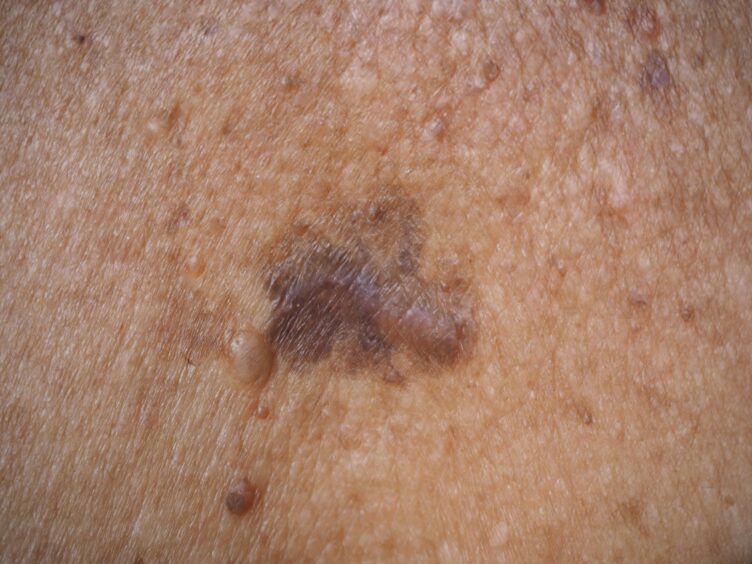
This can happen anywhere on the body, but the most commonly affected areas are the back in men and the legs in women.
Melanomas are uncommon in areas that are protected from sun exposure.
Non-melanoma symptoms
The first sign of non-melanoma skin cancer is usually the appearance of a lump or discoloured patch on the skin.
It slowly progresses over months or sometimes years.
In most cases, cancerous lumps are red and firm and sometimes turn into ulcers, while cancerous patches are usually flat and scaly.
You can look at photos for examples of non-melanoma skin cancers on the Cancer Research website.
Risk factors
You might be at higher risk of developing skin cancer if you have:
- a family history of skin cancer
- pale skin that doesn’t tan easily
- red or blonde hair
- blue eyes
- a large number of moles or freckles
- previously damaged your skin through sunburn or radiotherapy treatment
- a condition that suppresses your immune system, or you take immunosuppressants
Treatment
The main treatment for skin cancer is surgery to remove the mole, lump or mark on your skin.
The cancer will be removed, along with healthy tissue surrounding it, to ensure it has all been taken.
Overall, treatment is successful for at least nine out of 10 people with non-melanoma skin cancer, and in most cases, surgery is enough to cure it.
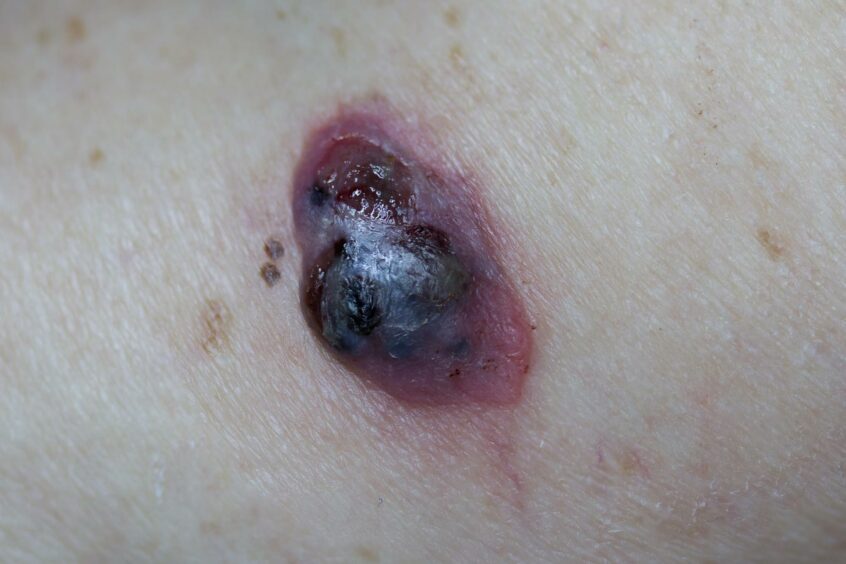
Melanoma treatment depends on the stage the cancer is at. If it is caught at stage one or two, it will be removed surgically.
In this case, there is a low chance of it returning and no further treatment should be needed.
Around 80% to 90% of people in this position are monitored for up to five years and are discharged with no further problems.
If melanoma has spread to the lymph nodes (stage three) or other organs (stage four), treatment options include removing the lymph nodes, immunotherapy and radiotherapy.
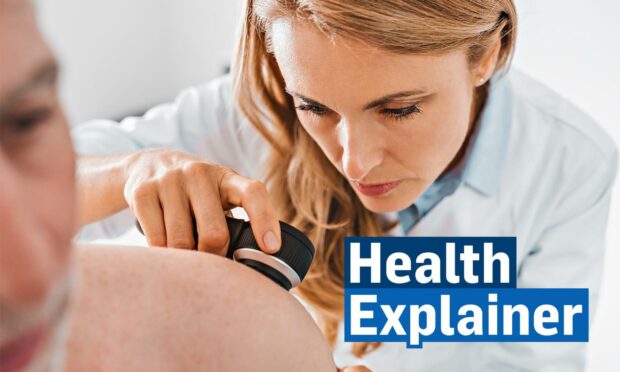
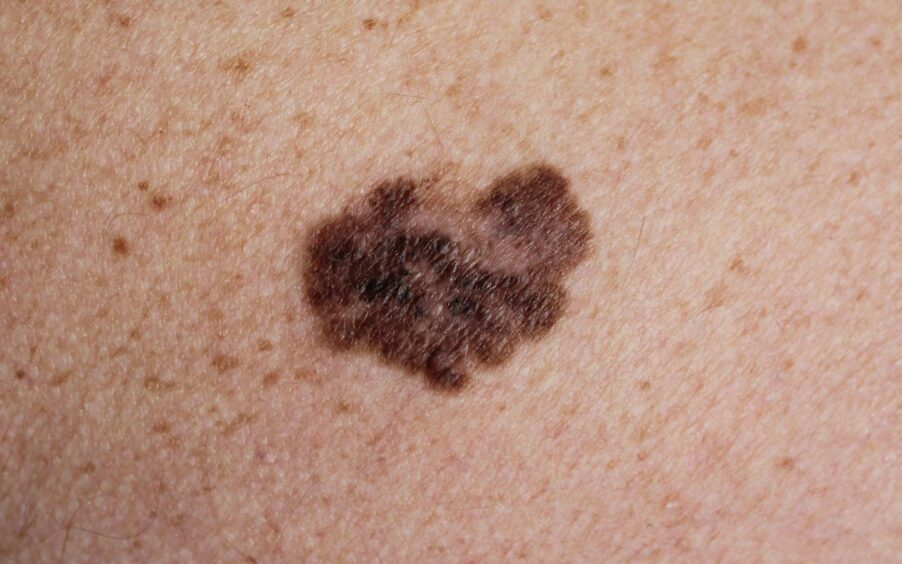
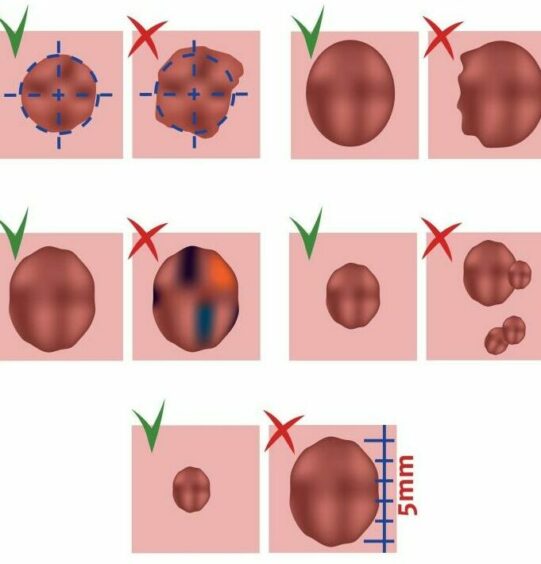



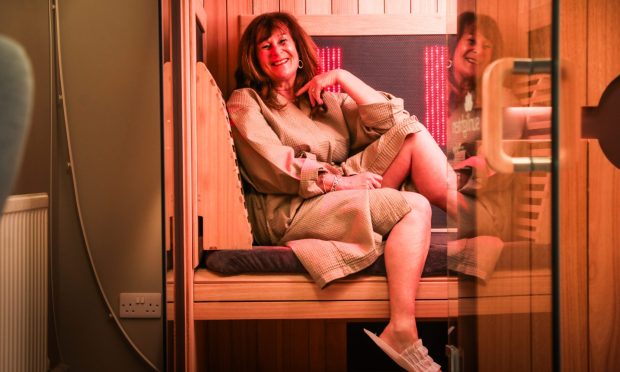

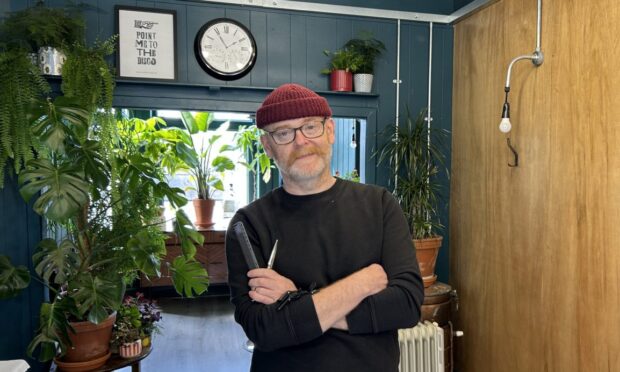

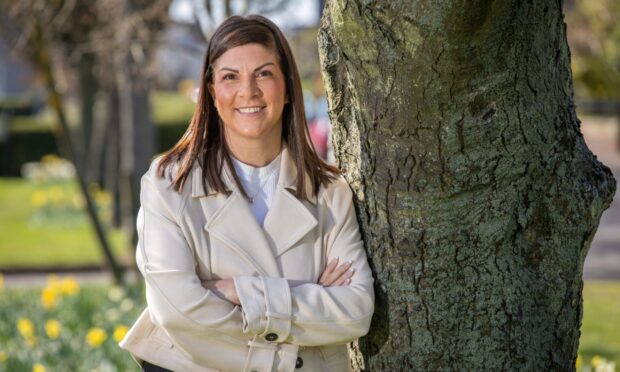

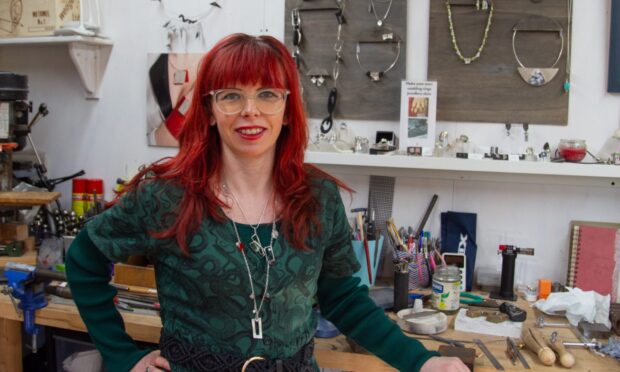
Conversation